Between you and me, no other season comes close to beating fall. Maybe it's because when I was 10, my family moved to Minnesota in late summer, and my first experiences in that new place were in deliciously cold, damp woods in autumn. The chill, the sweet mush of decomposing leaves and soil, the brilliant colors all around — well, it was magic, and it still is.
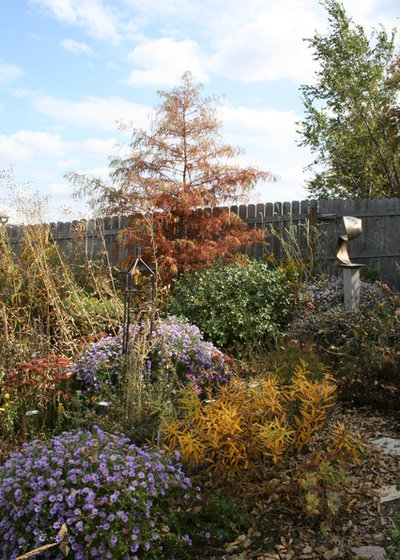
Benjamin Vogt / Monarch Gardens
This is my garden in mid- to late October (zone 5). The tall tree in back is bald cypress
(Taxodium distichum), a deciduous conifer that turns lovely orange and copper. In the front is
amsonia gone yellow and aromatic aster
(aster oblongifolius) still in bloom. To the left is an 'Autum Joy' sedum with burnt-red seed heads. When summer blooms are a distant memory, this diverse color palette nearly trumps that of mid-July.
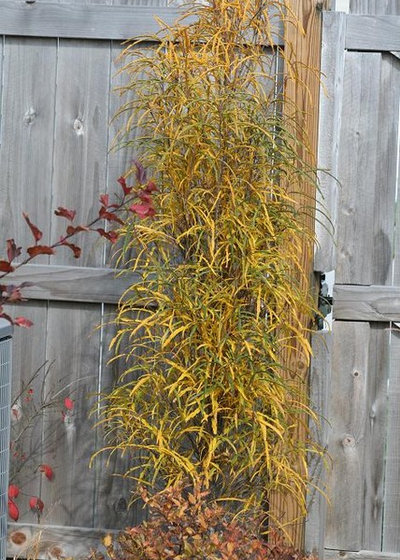
Benjamin Vogt / Monarch Gardens
Colorful fall foliage. Of course, in fall you think about what you can do to make next fall more colorful. Here is a
'Fineline' buckthorn (Rhamnus frangula), whose thread-leaf, columnar form turns bright yellow. This buckthorn is noninvasive, produces no fruit and likes almost any clay soil. It reaches 6 to 8 feet tall and about 2 feet wide.
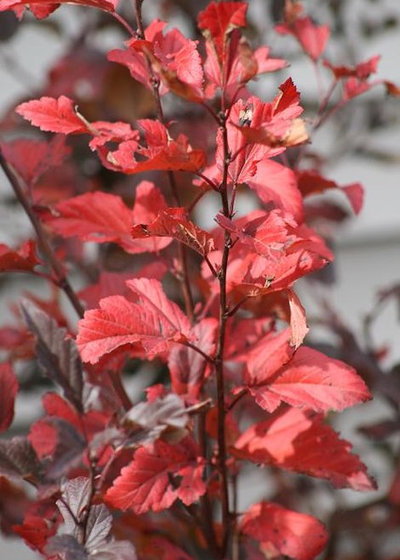
Benjamin Vogt / Monarch Gardens
Ninebark 'Coppertina' (Physocarpus opulifolius) is bright red this time of year. In spring the leaves come out copper, then scads of sweet-smelling blooms follow, which early butterflies adore. This native shrub gets 6 to 8 feet tall and wide and performs well in almost any clay soil once established.
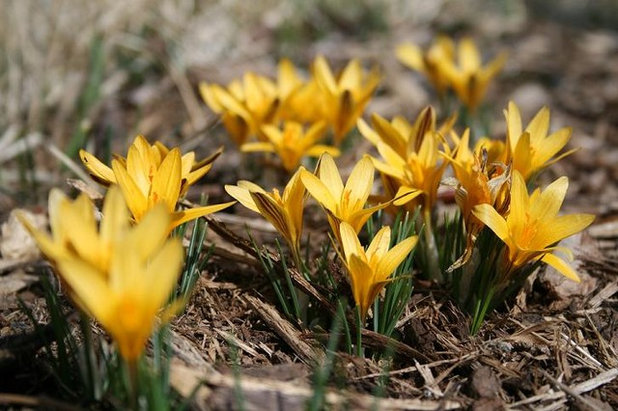
Benjamin Vogt / Monarch Gardens
Order bulbs. You've enjoyed the fall foliage; now it's time to think spring. You should have already ordered your fall bulbs, like
crocus, so you will be ready to plant toward the end of this month into early November (once the daytime temperatures get below 50 degrees Fahrenheit).
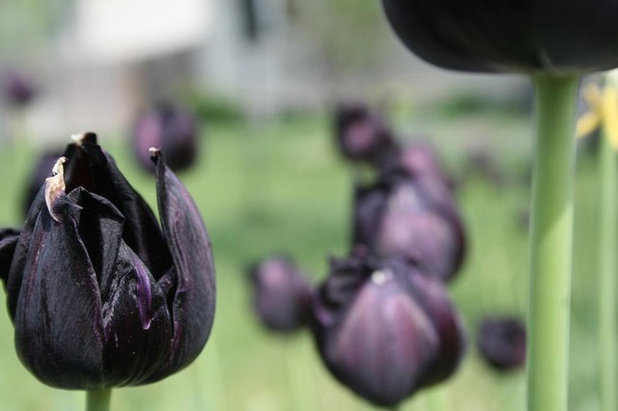
Benjamin Vogt / Monarch Gardens
Black tulips, like these
'Queen of Night' ones, are some of my favorites.
They prefer well-drained soil, with some bone meal for fertilizer placed in the planting hole.
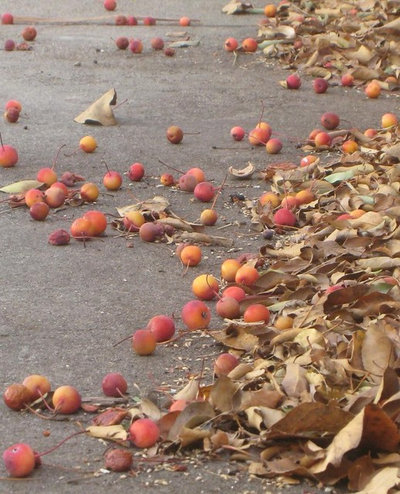
Benjamin Vogt / Monarch Gardens
Mulch paths and any new plants from this summer and fall. Mulching around perennials, shrubs and trees prevents frost heaving — when the violent freeze-thaw cycle of our winter pushes unrooted plants out of their holes. A few inches of mulch will do a world of good.
It's also time to take pictures to tide you over for winter, especially as you plan for spring additions and any renovations. Get outside and photograph all aspects of the garden — and from every angle. Feel the crunch of leaves. Watch migrating sandhill cranes and geese. Collect crabapples to give away to trick-or-treaters (along with dental floss, because who wants crabapples for Halloween?).
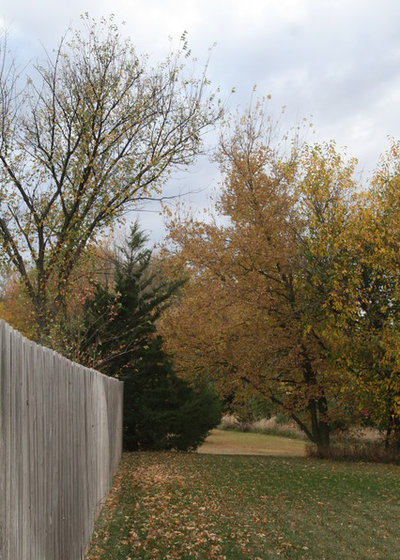
Benjamin Vogt / Monarch Gardens
Don't rake leaves; mulch them with a mower. Those finely ground leaves are free fertilizer for lawns. If you would rather rake, toss the leaves into garden beds — over winter and early spring, they'll break down completely and add rich topsoil. Maybe you'll even want to "steal" unwanted bags of them from your neighbors' driveways.
Don't "clean up" the garden. Resist the urge to tidy your beds — many insects and other creatures have snuggled beneath leaves (many butterflies are in winter cocoons under leaves or on plant stalks).
Cutting down plants also prevents winter snow from gathering and insulating roots from frost heave. If you cut some hollow-stemmed plants, water can even get into the plant's heart, freeze there and kill the plant. Let them be — maybe you'll have more wildlife and winter interest to get you through the cold snaps. Besides, you're tired anyway, right?
More guides to Central Plains gardening | Find your U.S. garden checklist





